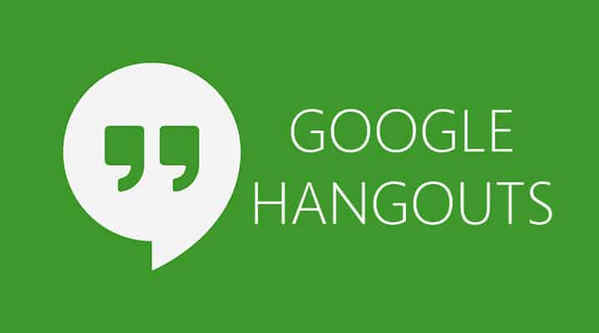
Inclusive language recommendations and other new assisted writing features To gauge the team’s reactions as you work together, we're introducing emoji reactions in Docs in the next few months. Smart chips will come to Sheets in the coming months. From web or mobile, your collaborators can then quickly skim associated meetings and people or preview linked documents, all without changing tabs or contexts. To insert smart chips into your work, simply type to see a list of recommended people, files and meetings. And starting now, we’re introducing new smart chips in Docs for recommended files and meetings. Here are 12 new features to help make collaboration even more people, files and meetingsĪlready available, when you a person in a document, a smart chip shows you additional information like the person’s location, job title and contact information. Between now and the end of the year, we’re rolling out new features that’ll make it easier for you to do your work and collaborate with your teammates, wherever you are. Specifically, we're enhancing the apps that hundreds of millions of people use every day - like Docs, Sheets, and Slides - to transform collaboration and make Google Workspace even more flexible, interactive and intelligent. Our mission is to build the future of work, and smart canvas is our next big step. Google would probably have a decent footing in messaging today if it just kept updating and investing in Hangouts.Since we launched Google Docs and Sheets 15 years ago, we’ve been pushing work documents away from being just digital pieces of paper and toward collaborative, linked content inspired by the web. That meant the service natively worked on phones, watches, cars, tablets, web browsers, and even Google Glass at one point. Hangouts was on Android, iOS, the web, and inside Gmail. Google also had tangible advantages over iMessage, thanks to wide cross-platform compatibility. All your communication was available from a single messaging app in one easy-to-use interface. Google had built its iMessage clone, and it was an incredible service. Hangouts was the only default SMS option.
New google hangouts shrinks android#
With the release of Android 4.4 in 2013, there was no standalone Android SMS app. By 2014, the app was fully operational and featured Hangouts Messages, SMS, and Google Voice in one app, all available from your phone or anywhere on the Internet. Hangouts launched in 2013, and by the end of the year had integrated SMS messages. Google had four messaging apps at the time: Google+ Messenger, Google Talk, Android's SMS app, and Google Voice.
:no_upscale()/cdn.vox-cdn.com/uploads/chorus_asset/file/2535986/hangouts-new.0.jpg)
Hangouts, which was codenamed "Project Babel," was charged with the task of-get this- unifying Google's messaging portfolio. Besides those two big projects, there's also still Google Voice and a bunch of siloed messaging services in apps like Google Photos and Google Pay.

Is the team that makes Android more or less important than the team that makes Gmail and the rest of the Google apps? Both have their understandable reasons for chasing messaging, but splitting the Google user base across two incompatible products makes it tough for either project to gain any traction. The Google Workspace team makes Google Chat-that's Google's business team making a Slack competitor-and then there's Google Messages, a carrier-centric sort-of-competitor to Apple's iMessage that seemingly grew out of the Android team. You can see the problem in the company's 2022 messaging lineup. Part of the reason we're on Google's umpteenth messaging app is that there is no solid, stable home for messaging inside Google. Google Talk launched 17 years ago, and Google still doesn't have a competitive message platform. Further Reading A decade and a half of instability: The history of Google messaging appsThe closing of Hangouts is the latest chapter in the mess that is Google's messaging history.


 0 kommentar(er)
0 kommentar(er)
